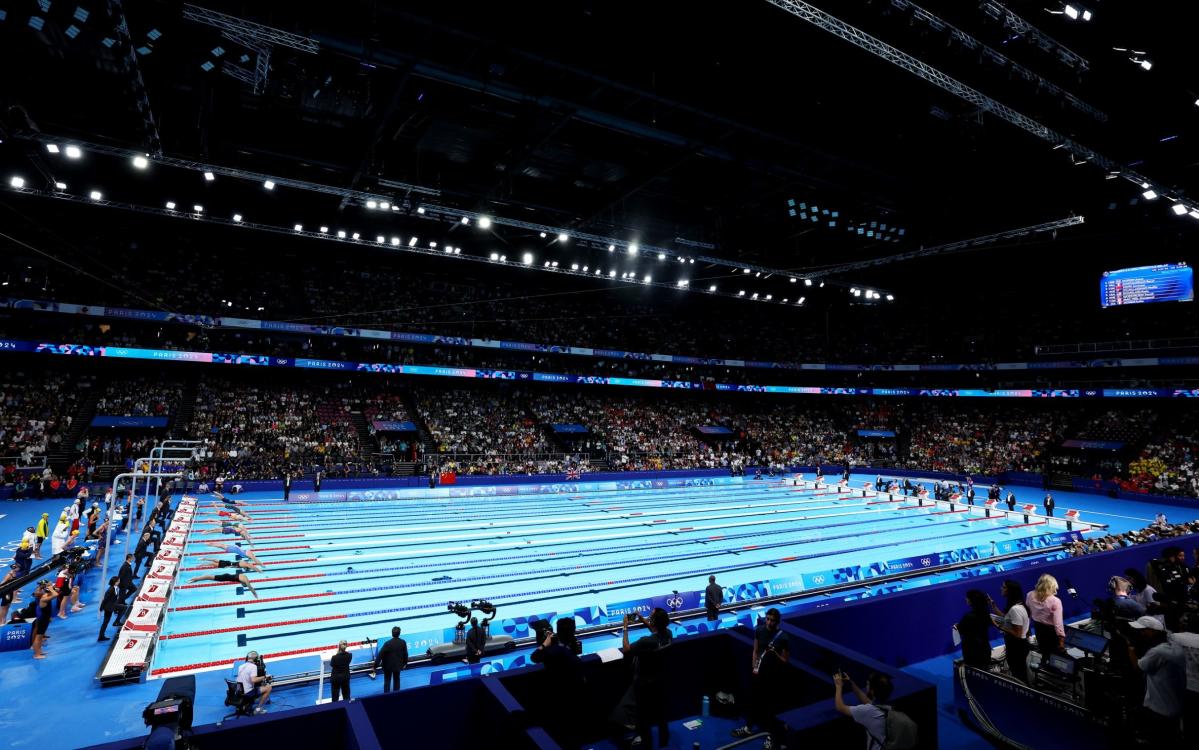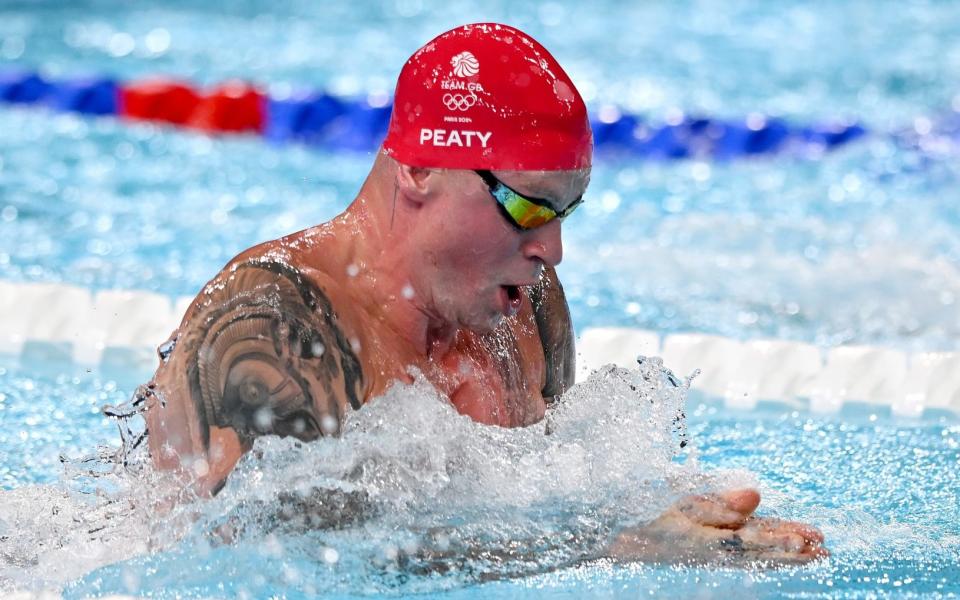Sports
Is the swimming pool in Paris too shallow? Why no world records have been set at Olympics – yet



No world records have been set in swimming at the Olympics so far and in the men’s 100m breaststroke final, not a single competitor would have finished better than eighth at the Tokyo Games in 2021.
Telegraph Sport looks at a strange phenomenon becoming evident at La Défense Arena and why the depth of the swimming pool could be to blame.
Are the swimming times slow?
When you consider the fabulous quality in the pool, the supposed advances in swimsuit technology and the fact that these athletes have spent most of the past four years trying to peak for this moment, the answer has to be yes.
Take, for example, the 100m breaststroke in which Adam Peaty took silver. We now know that he was swimming at a physical disadvantage and would soon test positive for Covid, but Peaty had dipped under 58 seconds earlier this year, can get close to 57 at his best, and was now struggling to break 59.
The eventual winner, Nicholo Martinenghi, triumphed in a time that would only have been enough for an Olympic title some 20 years ago. A generational talent like Leon Marchand, who took gold in the men’s 400m medley so memorably on Sunday, did manage to break the Olympic record but was outside his own world record and not close to the four-minute barrier that some had thought possible.
It was similar in the women’s ‘race of the century’ over 400m freestyle the previous night when Ariarne Titmus beat summer Summer McIntosh and the American great Katie Ledecky but could not improve her world record or even better Ledecky’s Olympic record.
There was also an Olympic record in the women’s 4x100m relay but a majority of finals have so far produced winning times that were slower than last year’s World Championships.
Why are they slow?
Various theories have been put forward for individually disappointing times – such as Peaty’s illness – but the wider pattern suggests a more general issue.
Most agree the issue inside La Defense Arena is the pool itself and the depth that has been used for what is a temporary structure. Olympic swimming pools are usually also used for the artistic swimming and diving, meaning they have a depth of 3m. The pool in Paris is being used only for the swimming and a separate Aquatics Centre has been constructed across the road from the Stade de France. This has meant that organisers can stick much closer to what was the World Aquatics minimum of 2m and a depth of 2.15m was decided upon.
The technical knock-on for the swimmers is that a shallower pool means less water – and less water means that the water bounces more quickly off the bottom and thus creates greater waves and turbulence. Such conditions are potentially most significant in the breaststroke because of the range of movement beneath the water that is required.


Freestyle and backstroke should theoretically be less impacted therefore and Matt Richards, the world and British champion in the 200m front crawl, for example, has said that he actually prefers shallower pools.
What has been said?
Britain’s Nick Gillingham, a double Olympic medallist in the 200m breaststroke, said on X: “Did pool maintenance do a back wash down the pool to speed the water up and slow down the swimmers for this race?”
Ken Ono, a data specialist who works with US swimmers, told Yahoo: “The pool is fast compared to your neighbourhood swim club. However, it is not ideal for record setting. The shallow depth is a primary reason. I have heard from a few competitors that they have been forced to [slightly] modify their dives off the blocks.
“Could we have seen a sub-four-minute 400 IM by Marchand, or a sub-55-second 100 fly by [Olympic champion Torri] Huske and [Gretchen] Walsh [in the women’s 100m butterfly]? Honestly, perhaps we would have in other pools.”
Others have pointed out that it is still early in the swimming programme and, with some Olympic records already broken, that drawing any definite conclusions is premature.

